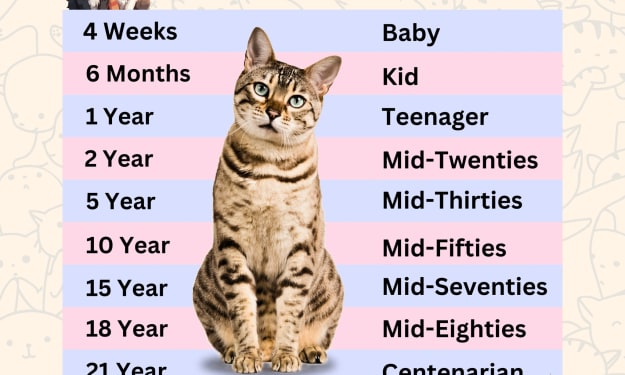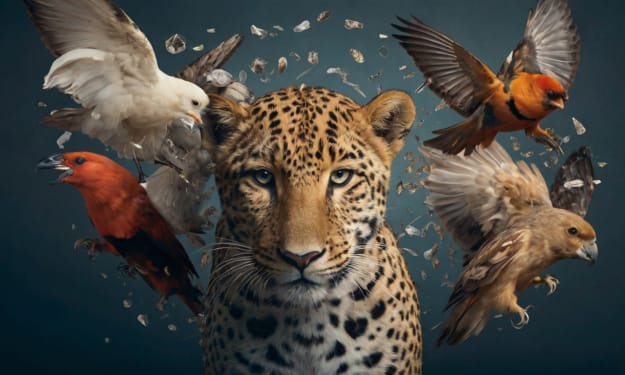list
Lists to help you navigate pethood; advice about unusual cat breeds, affordable vet care, dog training, pet names and more.
Tail-Wagging Treats: Enhance Your Dog's Health and Happiness with These Top Picks!
Dog treats play a crucial role in enhancing the bond between humans and their canine companions, serving not only as rewards for good behavior but also as tools for training and maintaining overall health. With a plethora of options available on the market today, from meticulously formulated commercial treats like Milk-Bone Maro Snacks Dog Treats, Beef, 40 Ounce with Real Bone Marrow and Calcium and Good'N'Fun Triple Flavored Rawhide Kabobs for Dogs, 1.5 Pound, to classic choices such as Milk-Bone Original Dog Treats for Medium Dogs, 10 Pound, Crunchy Biscuit Helps Clean Teeth, finding the right treats for your dog can seem daunting. Each treat type offers unique benefits, whether it's dental health support, nutritional enrichment, or simply a delicious reward. In this comprehensive guide, we'll explore the various types of dog treats available, how to select the best treats for your dog's needs, and essential tips for incorporating treats into your dog's diet responsibly. Whether you're a seasoned pet owner or new to the world of dog treats, this article aims to provide you with everything you need to know to make informed choices that promote your dog's well-being and happiness.
By Mario T. DiLonardo4 days ago in Petlife
PET SERVO — YOUR ONE STOP ONLINE PET SHOP. Content Warning. AI-Generated.
Welcome to Pet Servo, Australia’s number one destination for premium pet supplies and services. At Pet Servo, we are passionate about providing high-quality products and exceptional care for your beloved pets. Our mission is to make pet ownership a joyful and hassle-free experience by offering a comprehensive range of products and services for dogs, cats, parrots, fish, and more, all from the comfort of your home.
By Pet Servo Au7 days ago in Petlife
Cow urine (komiyam)
Cow urine, known as" gomutra" in Sanskrit, has been an integral part of traditional Indian drug and husbandry for centuries. It's considered to have medicinal parcels and is used in colorful artistic and religious practices. Despite its controversial standing in ultramodern wisdom, cow urine continues to be extensively used and promoted in numerous pastoral and traditional surrounds in India.
By vinoth kumar15 days ago in Petlife
Ultimate Dog Essentials Checklist
Bringing a dog into your home is an enjoyable experience full of love and company. However, it also entails the duty of ensuring your new furry pet has all they require to flourish. To help you get started, I've created this definitive checklist of dog-related essentials. From basic basics to comfort and safety equipment, this list covers all you need for your canine friend!
By Ezzential Finds19 days ago in Petlife
World's most beautiful and unique fish
The Betta fish, otherwise called the Siamese fighting fish, is perhaps of the most enrapturing and outwardly staggering animal in the amphibian world. Eminent for their lively tones, complicated blade plans, and vivacious characters, Betta fish have turned into a number one among fish lovers and aquarists around the world. This article digs into the interesting universe of Betta fish, investigating their set of experiences, normal environment, actual qualities, conduct, rearing, and care prerequisites.
By Dreamscape 2 months ago in Petlife
Inside the Animal's Mind A Symphony of Senses [an unofficial challenge]
For centuries, mankind has looked at the collective of animals with a blend of interest and dissatisfaction. We wonder about their effortlessness, their power, and their apparently outsider ways of behaving. However, the subject of what really happens inside their psyches stays an enrapturing secret. We can't take advantage of their viewpoints, yet through a blend of science, perception, and a smidgen of creative mind, we can endeavor to look into their reality.
By Bikash Purkait2 months ago in Petlife




















